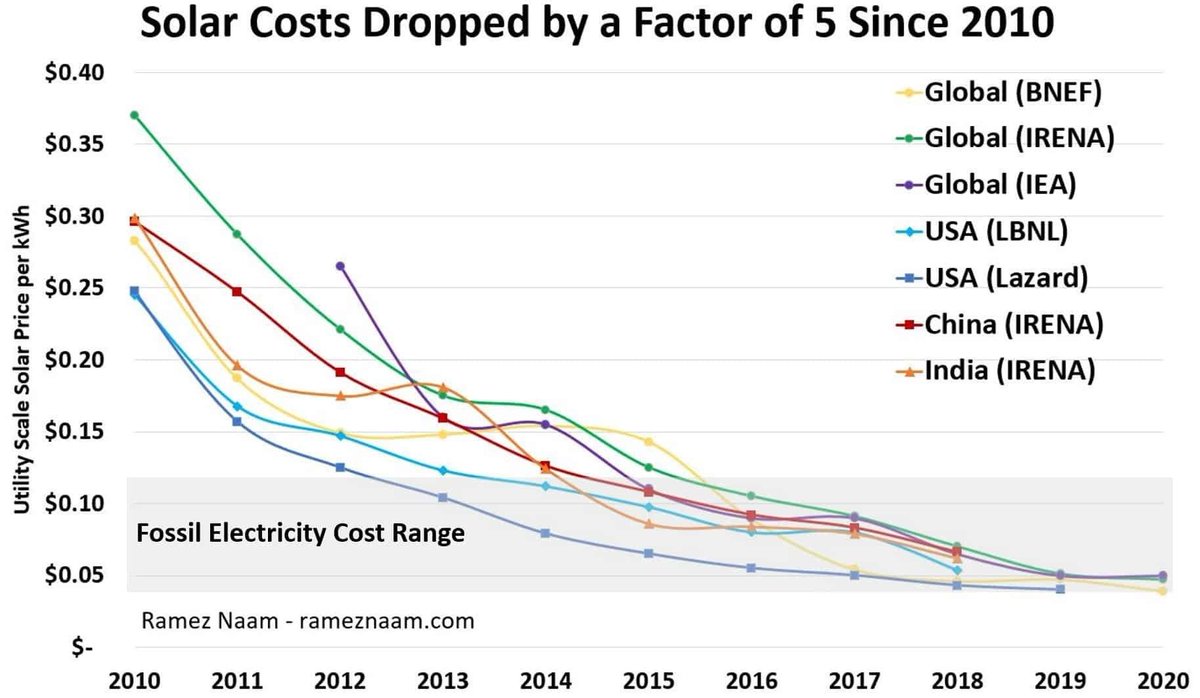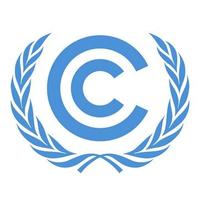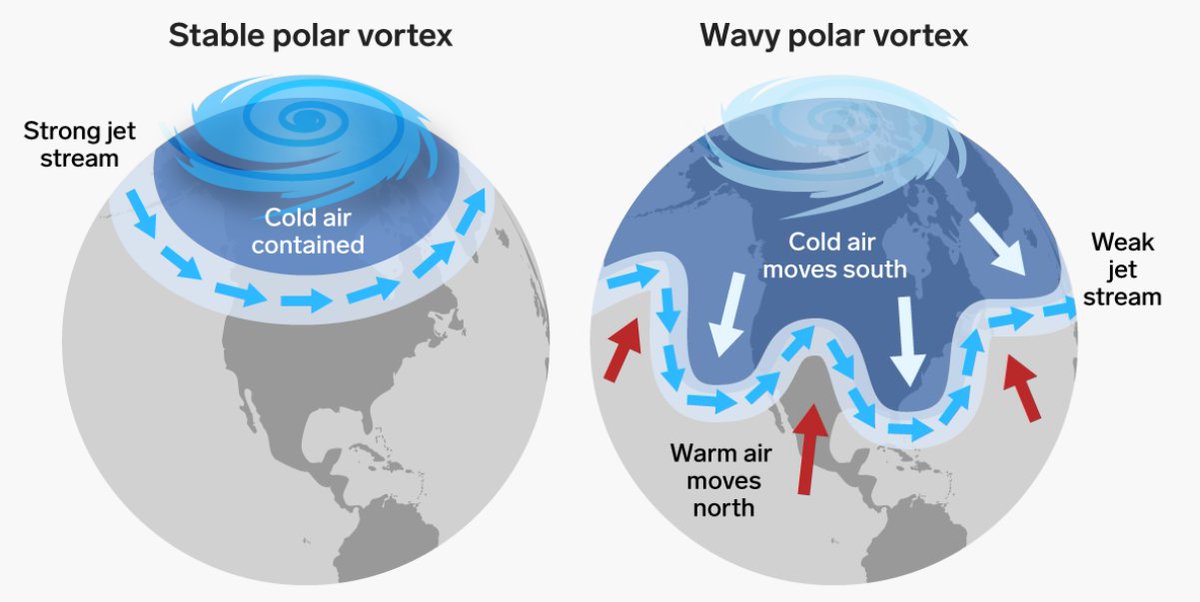
John Tintle
@morebetternow
ID: 550475515
10-04-2012 21:52:18
1,1K Tweet
168 Followers
217 Following

Not only will we update you on the recently re-introduced legislation to protect the Arctic in this week's Dispatch, we'll share the real truth about what fossil fuels & our health, Ford Motor Company's $29 billion commitment to EV’s & more. bit.ly/SMDispatch_Feb…


Low borrowing costs create an opportunity for green investments. buff.ly/3azfBkh HSBC World Economic Forum World Economic Forum #energy #climatechange #banks #NetZero





It’s time to make #PeaceWithNature and tackle the climate, biodiversity & pollution crises together. UN Environment Programme explains how everyone has an urgent part to play to solve planetary emergencies & secure humanity’s future: bit.ly/3qwNglu #ClimateAction

In "How to Avoid a Climate Disaster," Bill Gates explains the Five Grand Challenges and solutions we need to get to net zero. Our climate action playbooks provide a framework for how policymakers and companies can lead on decarbonizing the economy: nt-z.ro/3pvsb9L









Bank of England’s climate mandate has global resonance ft.com/content/cf9329… via Financial Times







